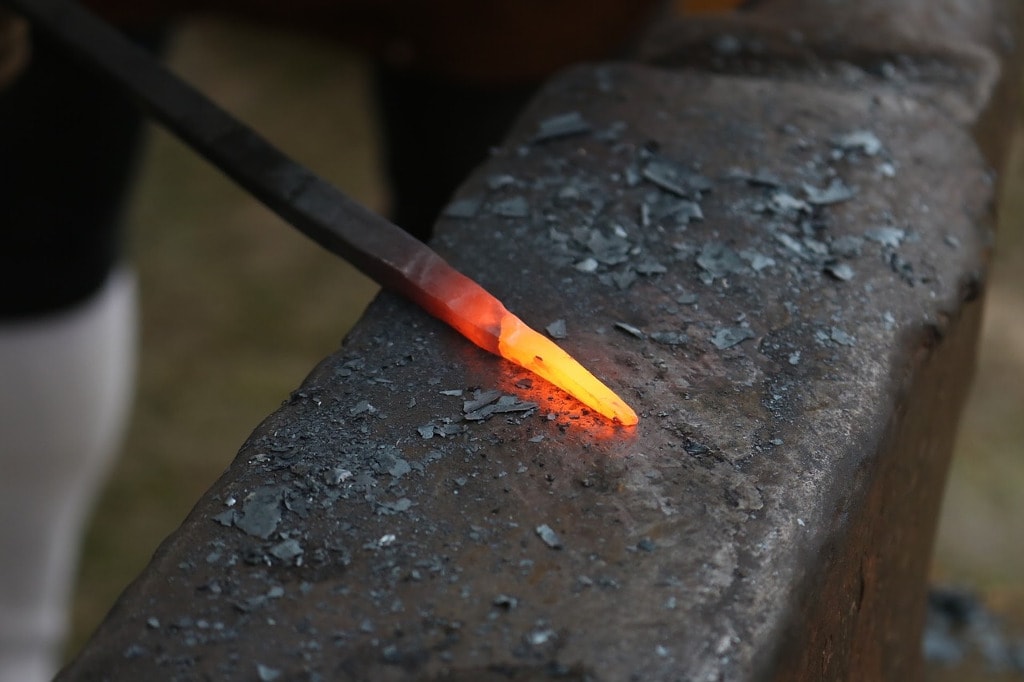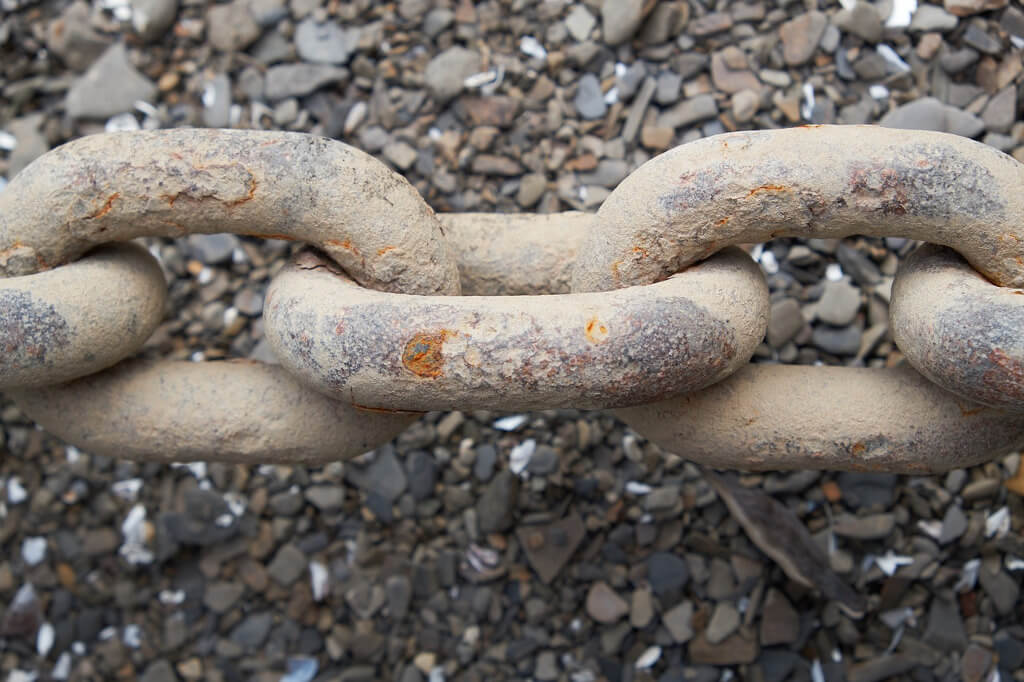Alimentary Systems
 The human digestive system. Image credit airurbano.com ZIMSEC O Level Combined Science Notes: Alimentary Systems
The human digestive system. Image credit airurbano.com ZIMSEC O Level Combined Science Notes: Alimentary Systems
- Unlike plants, animals are just consumers and cannot make their own food.
- They rely on plans as producers.
- Most of the food eaten is made up of large insoluble molecules which […]



 Germinating seeds. Image credit
Germinating seeds. Image credit  The main parts of the human circulatory system. Image credit organsofthebody.com ZIMSEC O Level Combined Science Notes: The circulatory system of mammals
The main parts of the human circulatory system. Image credit organsofthebody.com ZIMSEC O Level Combined Science Notes: The circulatory system of mammals  Loam soil. Image credit
Loam soil. Image credit  Nitrogen fixing roots in legumes. Image credit
Nitrogen fixing roots in legumes. Image credit  Cooling naphthalene ZIMSEC O Level Combined Science Notes: Experiment: the cooling curve of naphthalene
Cooling naphthalene ZIMSEC O Level Combined Science Notes: Experiment: the cooling curve of naphthalene 

 The corrosion of metals by acid gives off hydrogen gas
The corrosion of metals by acid gives off hydrogen gas  Iron mining in Zimbabwe. Image credit
Iron mining in Zimbabwe. Image credit  Nickel plating copper ZIMSEC O Level Combined Science Notes: Experiment: Nickel platting a piece of copper sheet
Nickel plating copper ZIMSEC O Level Combined Science Notes: Experiment: Nickel platting a piece of copper sheet